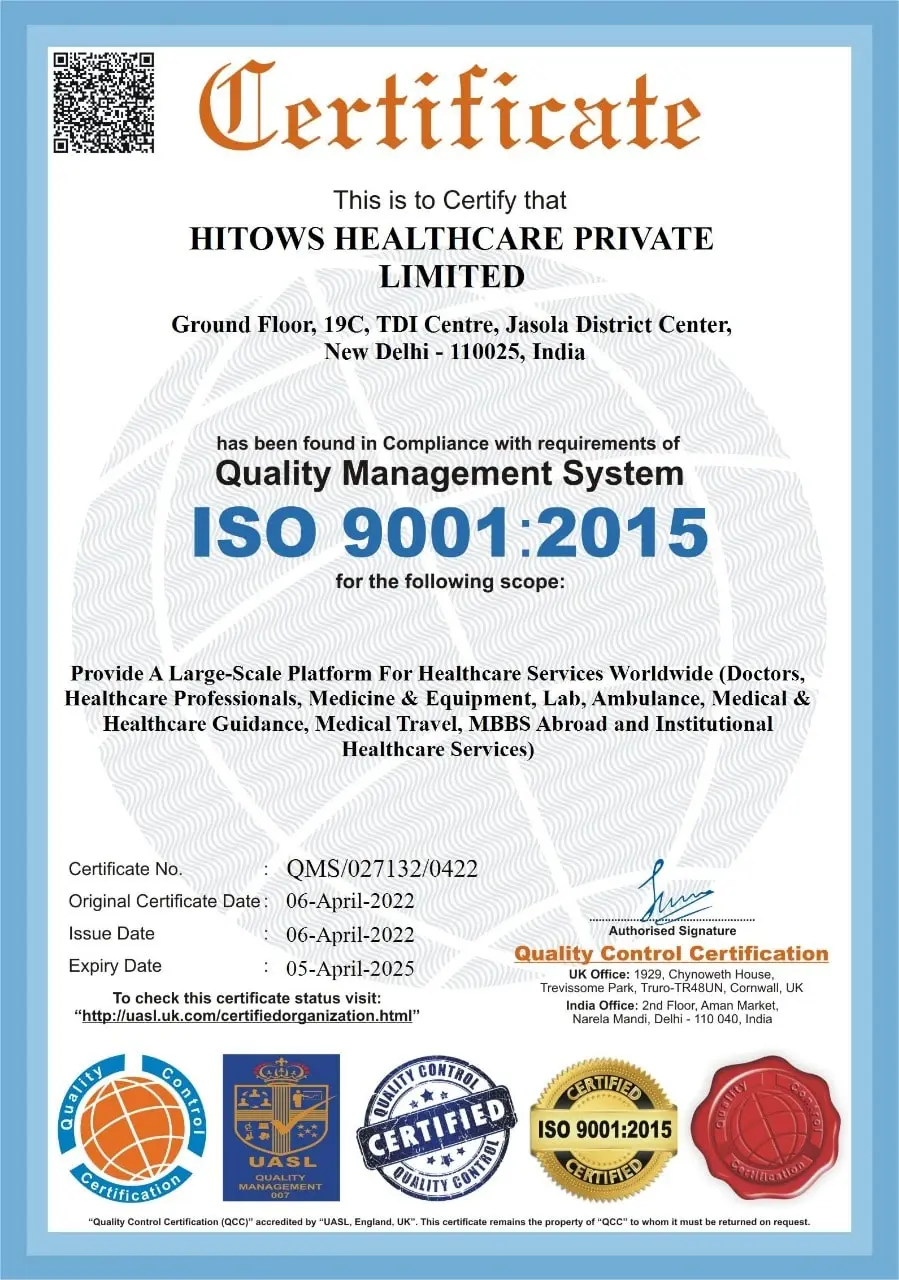Lumbar Posterior Spinal Fusion Surgery cost in India
The cost of Lumbar Posterior Spinal Fusion
Surgery in India ranges from USD 6000 to USD 12000
Procedure Description:
Lumbar Posterior Spinal Fusion Surgery
The goal of posterior lumbar interbody fusion (PLIF), which involves lumbar spine surgery, is to fuse two levels of the spine. In particular, the acronym PLIF represents the following: posterior, or from the back. Lumbar, denoting the lower back's lumbar spine. The space in the spine between two neighboring vertebral bones is known as the interbody.
Disease Overview:
Spondylolisthesis
When a vertebra slips and rests on the bone beneath it, it causes this disease. Spondylolisthesis can result from spondylolysis if a stress fracture is the cause of the slippage. Alternatively a degenerative disease could cause the vertebra to fall out of position. The two back sections of each vertebrae that connect the vertebrae together are called facet joints, and they can wear down the disks that sit between them. The facet joint bone actually overgrows and grows back, creating an unstable and uneven surface area that impairs the vertebrae's ability to stay in place. The bone beneath a slipping vertebra experiences pressure, regardless of the reason for the slippage.
Lower back pain is a symptom of a spinal disorder called spondylolisthesis. It happens when one of your spine's vertebrae—the individual bones—slips and lands on the vertebra beneath it. Nonsurgical treatment can usually alleviate your problems. In most circumstances, surgery is successful if you have severe spondylolisthesis.
Disease Sign and Symptoms:
It's possible that you don't exhibit any spondylolisthesis symptoms. Unbeknownst to them, some individuals suffer from the illness. The most common symptom, if any, is usually lower back ache. The soreness could radiate down the thighs and into the buttocks. You might additionally encounter:
1. Spasms in the hamstring muscles, which are located in the rear of the thighs.
2. tightness in the back.
3. The inability to stand or walk for extended periods of time.
discomfort when leaning over.
4. The foot experiencing numbness, weakness, or tingling.
Disease Causes:
One of the primary causes of spondylolisthesis in young athletes is overextension of the spine. Genetics might also be involved. Some people's spinal bones are thinner from birth. This disorder in elderly persons can be brought on by degeneration of the spine and disks (the cushions between vertebrae).
Disease Diagnosis:
In addition to performing a physical examination, your doctor will question you about your symptoms. An imaging scan will thereafter probably be required to confirm the diagnosis.
1. A spinal X-ray aids medical professionals in determining whether a vertebra is misaligned.
2. To view soft tissue like discs and nerves, or to show the spine in greater detail, a CT or MRI scan may be required.
Disease Treatment:
The degree of the slippage, your symptoms, age, and general health all affect how you will be treated. Treatment choices will be discussed with you by your healthcare practitioner. Physical treatment, medicine, or surgery can be required.
Treatments without surgery consist of:
1. Rest: Take a vacation from sports and physically demanding activities.
2. Medication: Nonsteroidal anti-inflammatory medicine (NSAID) purchased over-the-counter
3. Injections: Steroid medication is injected directly into the area that is afflicted.
4. Physical therapy: You can learn specific exercises from a physical therapist to strengthen your back and abdominal. After a few weeks, pain is frequently relieved by daily exercise.
5. Bracing: Wearing a brace can help keep your spine stable. In order to allow fractures to heal, the brace restricts movement. Adults do not wear braces.
If you have a high-grade spondylolisthesis, the pain is severe, or nonsurgical treatments have not worked for you, you may need surgery. The objectives of surgery for spondylolisthesis are to: Reduce discomfort from the inflamed nerve, In cases when a vertebra has slipped, stabilize the spine. Return to function.
When treating spondylolisthesis-related back pain surgically, decompression of the spine may or may not be combined with fusion. In isthmic spondylolisthesis, decompression alone is virtually never performed. Based on studies, fusion in addition to decompression may produce greater results than decompression alone. Your surgeon will remove disks and bone from your spine during a decompression procedure. By creating space for the nerves inside the spinal canal, this surgery relieves pain.
Country wise cost comparison for Lumbar Posterior Spinal Fusion Surgery:
| Country | Cost |
|---|---|
| India | $7020 |
| Canada | $40457 |
Treatment and Cost
8
Total Days
In Country
- 4 Day in Hospital
- 2 No. Travelers
- 4 Days Outside Hospital
Treatment cost starts from
$7800
Popular Hospital & Clinic
Featured Hospital
0 Hospitals
Related Packages
More Related Information
Some of the top rated hospitals are:
- Canada
- Toronto General Hospital
- Jewish General Hospital
- Montreal General Hospital (McGill University Health Centre)
- Royal Jubilee Hospital (RJH)
- The Royal Victoria Hospital (McGill University Health Centre)
- Centre hospitalier de l’Université de Montréal (CHUM)
- Victoria General Hospital
- St Michaels Hospital Toronto
- Hamilton General Hospital
- MCMASTER UNIVERSITY MEDICAL CENTRE
- University of Ottawa Heart Institute
- Saudi Arabia
- Italy




